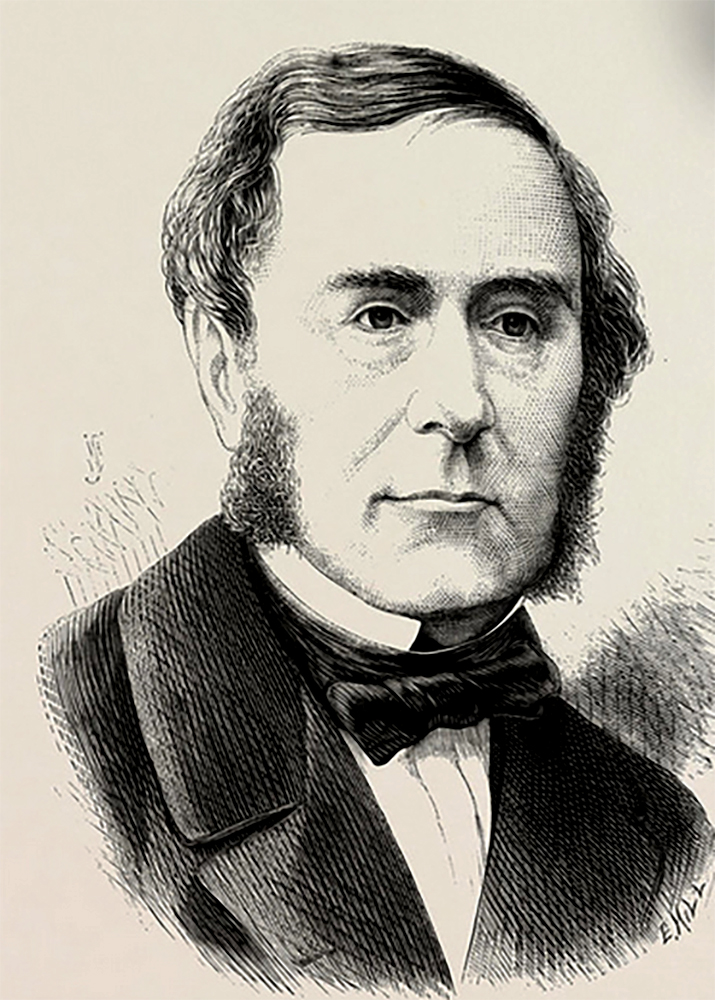Notes on the Music – November 2021
When composers write music for choir and organ, sometimes the nature of a particular instrument or type of organ can be a defining factor in their approach. Welsh composer William Mathias composed his setting of the Evening Canticles for Jesus College, Cambridge (to be sung on Nov. 7th), to celebrate the arrival of a new organ in the chapel, built by Noel Mander in 1971. The organ was a bold attempt to provide a more lively, spiky type of sound, with plenty of high registers, moving away from the more traditionally restrained and richer tones of the Romantic style of British organ. (The organ was subsequently ejected in 2007, but that’s another story.) The organ part in Mathias’s setting has many dissonant, staccato chords in the organ part, though there are also many slower-moving gentle passages as well. In the same service we sing Charles Wood’s O thou sweetest source of gladness, a fine example of the hymn-anthem genre that was popular in the first part of the 20th century. The choir simply sings a hymn – here one of the old Genevan Psalter tunes of which Wood was so fond – against which the organ part takes flight with rich harmonies and flowing textures, well suited to the organs of Wood’s day (and therefore our own Willis-based instrument).

For our Remembrance Sunday service, the choir will sing most of the Missa pro defunctis by the 16th-century Flemish composer Jacob Clemens. (Probably due to the recently deceased Pope Clement, the composer was often referred to during his lifetime as Clemens ‘non Papa’.) His setting of the Requiem, like the more familiar modern setting by Maurice Duruflé, is closely based on the plainsong, but unlike Duruflé’s setting, the style of the Missa Pro Defunctis remains plain and austere throughout. We are delighted that our versatile bass choir member Malachy Frame has kindly agreed to play the trumpet for the service. At the evening service we remember the sacrifice of members of the Royal Navy in particular, with Herbert Sumsion’s dramatic anthem They that go down to the sea in ships. Last month several people were pleased to hear Walton’s Crown Imperial after one morning service; this month Richard Gowers plays another Walton classic, Orb and Sceptre, at the end of the Remembrance Sunday Evensong.
The feast of Christ the King offers a splendid opportunity for some rousing music before we enter the penitential season of Advent. Samuel Sebastian Wesley’s anthem Ascribe unto the Lord is like a mini-cantata, with several contrasting and strongly characterised movements for soloists and chorus. (An image of Wesley is below) At the morning service we sing two movements from Stanford’s Communion Service in B flat, part of the complete Service that includes his more well-known Magnificat and Nunc Dimittis in B flat. Due to the liturgical customs of his day, Stanford did not include either the Benedictus or the Agnus Dei in his setting, so instead we will perform a fine setting of the Agnus Dei (with mildly troped text) by Charles Gounod, set for either soprano or tenor soloist and organ.
On Advent Sunday the morning service will happily feature not just the usual two choirs but also the Community Choir, singing Elgar’s Ave verum corpus. Plans for the Advent Carol Service in the evening are still in progress, though there will of course be the usual mix of settings of Old Testament prophecy and texts in honour of the Blessed Virgin Mary, featuring music from the medieval period to the present day. Aidan Coburn recently asked me if I ever actually composed new music, rather than merely arrange or edit other people’s work. I am certainly not a composer under any reasonable definition of the term, but I had to admit to a few efforts, including a setting of the Advent hymn ‘Creator of the stars of night’. Unlike Diana Burrell’s fine setting of this text, which tackles the darker aspects of the hymn such as the Day of Judgement with the help of a cor anglais and the pedals (alone!) of the organ, mine focuses on a pentatonic hymn-like melody, and the organist uses their hands as well as feet, taking us metaphorically all the way from the “stars of night” down to “all creation doomed to die.”